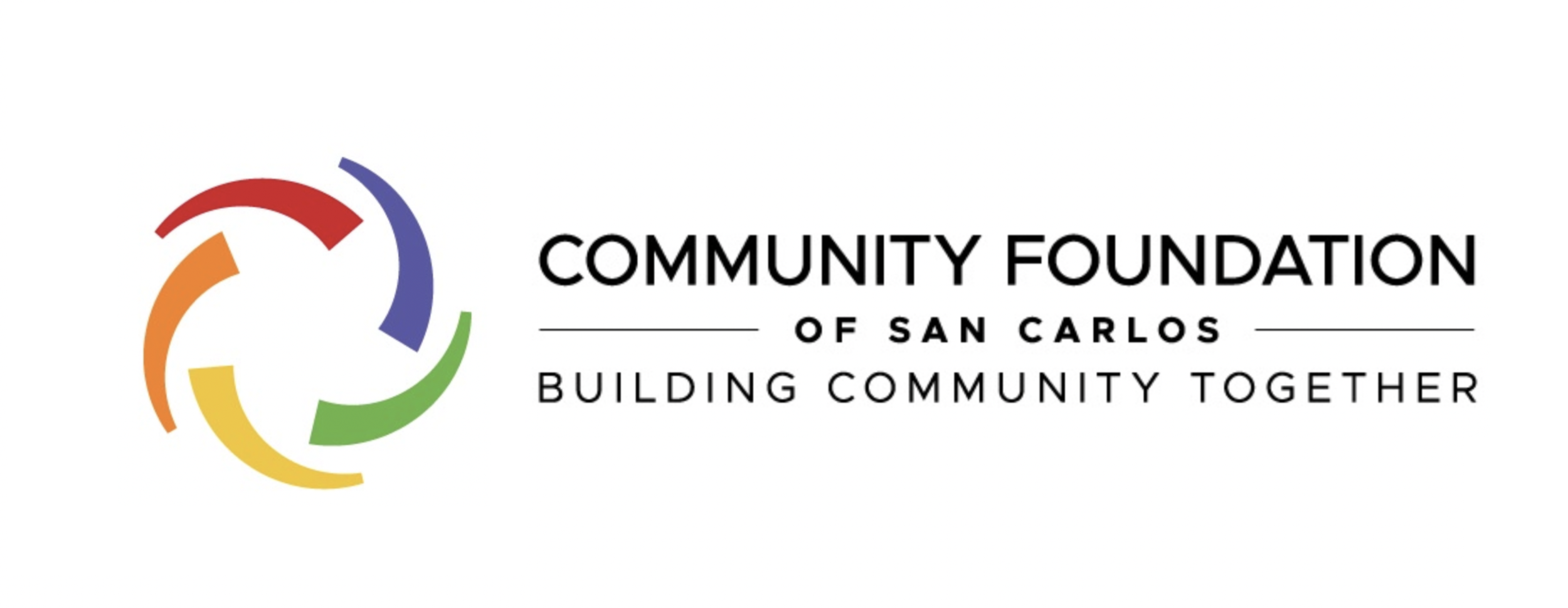Day 3: Anti-Racism
OPTION 1: Watch this video that explains that, while race and racism have a real and significant impact on our lives, race is a social construct and one that has changed over time. None of the broad categories that come to mind when we talk about race can capture an individual’s unique story. For more information, read this article on how science and genetics are reshaping our understanding of race.
OPTION 2: Watch this video about the difference between being non-racist and anti-racist. This 21 Day Challenge will encourage you and give you tools to be an anti-racist because it doesn’t require that you always know the right thing to say or do in any given situation. It asks that you take action and work against racism wherever you find it including, and perhaps most especially, in yourself.
OPTION 3: Common Racist Attitudes. Review this list of 28 common racist attitudes and behaviors that indicate a detour or wrong turn into white guilt, denial, or defensiveness.
OTHER RESOURCES
Jay Smooth: "How I Learned to Stop Worrying and Love Discussing Race"
Allegories on Race. Watch Dr. Jones' TED talk on the "Allegories on Race and Racism" where she shares four short stories to help us understand privilege and racism
Systemic Racism. Check out this short video from Race Forward about the levels and the importance of looking at systemic, not simply individual, racism
Racist or Antiracist. Listen to Ibram X. Kendi's interview with CBC Radio-Canada on his view on how we are either being racist or antiracist, there is no middle ground. Listen to the whole interview (51mins19s) or the portion on his understanding of race, harboring racist ideas and challenging racist assumptions (20mins34s).
Day 6: Race & Equity
OPTION 1: Read this Pew Research article about how the census was historically used as a tool to silence people of color. You’ll also learn how certain tactics continue today and why the debate over adding a citizenship question to the 2020 Census may depress engagement from the Latinx community.
OPTION 2: Read What is Racial Equity article from the Center for Social Inclusion
Day 7: Redlining
OPTION 2: Read this article about how freeways created community displacement in Los Angeles.
OPTION 3: Read this article about the history of redlining, restrictive covenants, and other housing discrimination in San Mateo, Hillsdale, and other Peninsula communities, written by Richard Rothstein, author of Color of the Law.
OTHER RESOURCES
Take a look at Bay Area discrimination in this UC Berkeley report. Click on image to download report. Page 7 and page 50 share some county specific information.
Go deeper into Redlining in America and Read the Color of Law by Richard Rothstein. The first chapter begins with San Francisco.
The Disturbing History of the Suburbs, An Adam Ruins Everything episode that quickly and humorously educates how redlining came to be. (6 minutes)
Watching "Why Cities Are Still So Segregated" from Let's Talk NPR (6mins36s, advisory of explicit adult language)
Read this UC Berkeley report: Rising Housing Costs and Re-Segregation in the San Francisco Bay Area. Key findings/summary are on pages 3 and 4
Day 10: School Inequality
OPTION 3: As the child population becomes “majority-minority,” racial segregation remains high, income segregation among families with children increases, and the political and policy landscape undergoes momentous change. Check out this study on the consequences of segregation for children’s opportunity and well-being.
OTHER RESOURCES
In this interactive data-set, you can plug in your school system and those around you to investigate whether there is racial inequality at your school.

